What’s the Buzz
The Bee Healthy Blog
Cabergoline for High Prolactin: Pros & Cons

Prolactin is a hormone made by the pituitary gland. The pituitary, which is a pea-sized gland at the base of the brain, also makes many other hormones that affect a wide range of body functions, including gonadal function.
Prolactin causes the breasts to grow during pregnancy and triggers breast milk production after childbirth. Pregnant women have prolactin levels that are significantly higher than the normal level. Postpartum women need this hormone to produce milk.
Men and women who are not pregnant usually have low serum prolactin levels. However, tumors of the pituitary gland called prolactinomas, which release prolactin, can lead to high levels of prolactin in the body, even in the absence of pregnancy or lactation. This is called hyperprolactinemia.
Medications and surgery are used to treat hyperprolactinemia. One of the medications that may be prescribed to hyperprolactinemic patients is cabergoline. Please continue reading to learn more about the pros and cons of taking cabergoline for high prolactin.
What are the symptoms of high prolactin?
Hyperprolactinemic disorders can cause symptoms such as the production of breast milk in non-pregnant individuals, nipple discharge, vision changes, and headaches.
In premenopausal women, high prolactin levels can result in irregular periods, breast tenderness, infertility, and premature menopause. In postmenopausal women, high levels of prolactin can cause fatigue, weight gain, muscle aches, constipation, cold sensitivity, and bone loss.
Symptoms of high prolactin levels in men can include breast enlargement, nipple discharge, decreased body hair, reduced muscle mass, low libido, and erectile dysfunction.
How does cabergoline affect prolactin levels?
Cabergoline belongs to a group of drugs called synthetic dopamine agonists or prolactin inhibitors. Dopamine is a brain chemical that prevents the production of prolactin. A dopamine agonist decreases the amount of prolactin secreted by the pituitary gland by binding to dopamine receptors in the brain. In other words, by binding to the dopamine receptors, cabergoline works by reducing prolactin production.
How to take cabergoline?
Cabergoline comes in the form of 0.5 mg oral tablets. You can take this medicine with or without food. The usual starting dose for adults is 0.25 mg twice a week, and the maximum dose is 1 mg twice a week. Your doctor will adjust the dosage based on your prolactin levels.
Read the prescription label carefully and take cabergoline exactly as prescribed. Do not change from higher doses to lower doses or vice versa, or change the dosage frequency without talking to your healthcare provider. Your healthcare professional will probably start you on a low dose and gradually increase the dose, especially if you are 65 years and older. This is because your body may clear this medication out more slowly, putting you at higher risk for side effects.
Cabergoline can cause dizziness. Do not drive or operate heavy machinery until you know how it affects you. Get up slowly from a sitting or lying position to prevent falls.
If you miss a dose of cabergoline, take it as soon as you remember. However, if it is almost time for your next dose, skip the missed dose and take the next dose according to your regular dosing schedule. Do not take a double dose to make up for a missed dose.
In case of an overdose, call your doctor immediately or contact your local poison control center. Call 911 and seek emergency medical care at the nearest emergency room if a person has collapsed, cannot be awakened, has had a seizure, or has trouble breathing.
When should you not take cabergoline?
You should not take cabergoline if you have an allergy to this medicine, are pregnant or breast feeding, or have certain health conditions.
Before starting cabergoline treatment, tell your doctor if you have a history of allergic reactions to cabergoline, any ergot medication, or any other drugs or components of this drug product.
Give your doctor and pharmacist a complete list of your other medications, including prescription drugs, over-the-counter medications, dietary supplements, and herbal products. This can help to prevent potentially dangerous drug interactions.
Also, give your healthcare provider a complete medical history. This medication may not be right for people with certain medical conditions such as uncontrolled high blood pressure, liver disease, lung disease, diseases of the heart valves, or any condition with fibrosis (excess tissue growth) of the stomach or heart. Dopamine agonists like cabergoline are not recommended in pregnant and breast feeding women.
What are the positive effects of cabergoline?
Cabergoline therapy is effective in controlling hyperprolactinemia (high levels of prolactin). Therefore, cabergoline is effective at suppressing lactation in women who wish or need to stop breast milk production after giving birth. Cabergoline is also sometimes used as a complementary medication along with Cialis (tadalafil) medication for psychogenic erectile dysfunction, which is the inability to achieve or maintain an erection during sex due to psychological factors such as performance anxiety or low self-esteem.
Other advantages of cabergoline include the fact that you only need to take it twice a week. Additionally, this medication is available in a lower-cost generic form, which makes it affordable.
What are the disadvantages of cabergoline?
Adverse effects
In addition to beneficial effects, cabergoline can cause unwanted side effects. Possible side effects include dizziness, fatigue, heartburn, nausea, vomiting, constipation, breast tenderness, pain during menstrual periods, and numbness and tingling in the limbs.
Cabergoline can also cause more serious side effects. Contact your doctor immediately if you develop the following signs and symptoms during cabergoline treatment:
- Chest pain
- Difficulty breathing in a lying position
- Shortness of breath
- Cough
- Swelling of the hands, lower legs, ankles, or feet
- Decreased urination
- Pain in the back, flanks, or groin
- Vision changes
- Lumps in the abdominal area
Adverse events
Some people who take cabergoline develop intense urges, such as unusual urges to gamble, binge eating, compulsive buying, increased sexual urges, and other unusual compulsive behaviors that were not present before starting cabergoline therapy. It is unclear what causes these intense urges. However, it is important to call your doctor immediately if you notice any such symptoms or find it difficult to control your behavior. Family members should be aware of this risk and should know how to get in touch with your healthcare provider in case you are unable to seek care for yourself.
What are the long-term effects of taking cabergoline?
Cabergoline has a positive effect on sexual health with long-term treatment. Studies have shown that female patients resume regular menstrual cycles after long-term cabergoline therapy.
A small study including 43 male patients with high levels of prolactin has been found to have improved sperm health and testosterone levels after cabergoline treatment. Cabergoline can be used in men with orgasmic disorder (delayed orgasm). Cabergoline has been found to be beneficial when used in combination with tadalafil (Cialis) for the treatment of psychogenic erectile dysfunction caused by psychological factors such as performance anxiety and low self-esteem.
In addition, high prolactin levels have been associated with metabolic issues leading to an increased risk for heart disease and type 2 diabetes. Cabergoline therapy for 12 months, especially at high doses, has been found to improve metabolic parameters such as body mass index (BMI), cholesterol levels, fasting insulin, and hemoglobin A1c.
Cabergoline therapy is usually stopped after prolactin levels have been normal for 6 months. Treatment may be restarted if the symptoms recur.
References:
- https://medlineplus.gov/lab-tests/prolactin-levels/
- https://medlineplus.gov/druginfo/meds/a612020.html#
- https://dailymed.nlm.nih.gov/dailymed/drugInfo.cfm?setid=e497366b-a124-4d7f-bd45-a883c392d4bb#
- https://www.ncbi.nlm.nih.gov/pmc/articles/PMC7069562/#
- https://www.mayoclinic.org/drugs-supplements/cabergoline-oral-route/proper-use/drg-20062485?p=1#
- https://pubmed.ncbi.nlm.nih.gov/2570790/
- https://pubmed.ncbi.nlm.nih.gov/16487441/
- https://pubmed.ncbi.nlm.nih.gov/23506485/
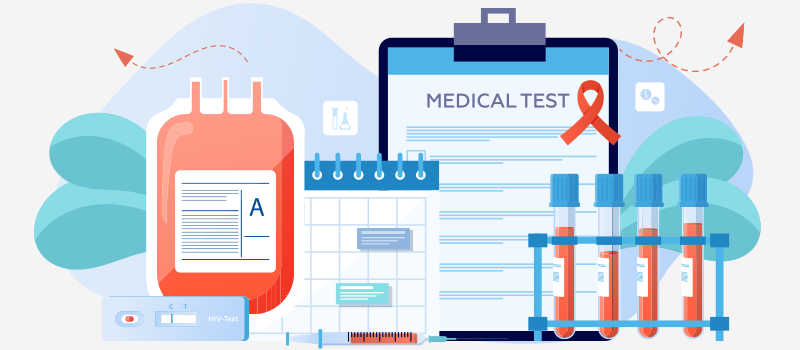
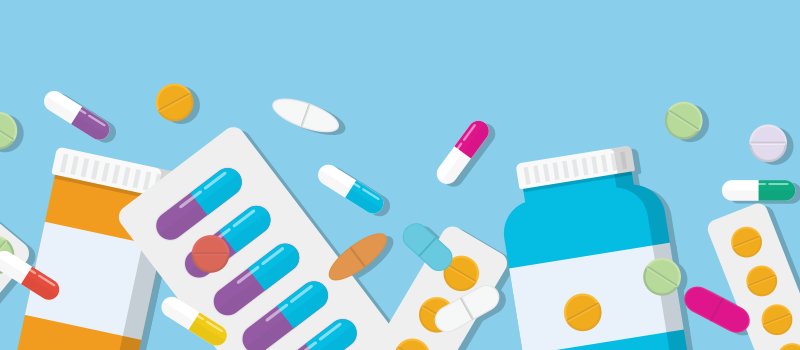
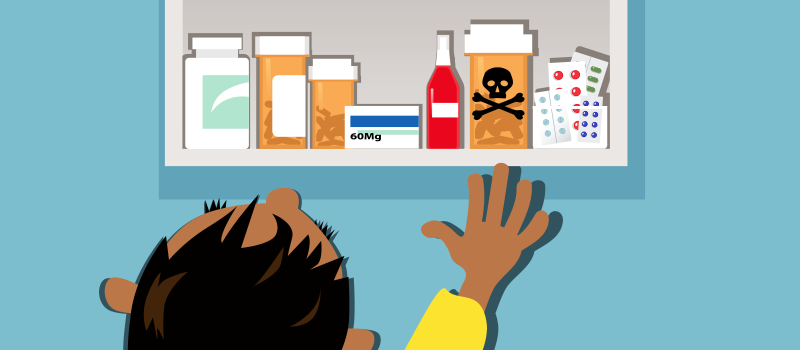


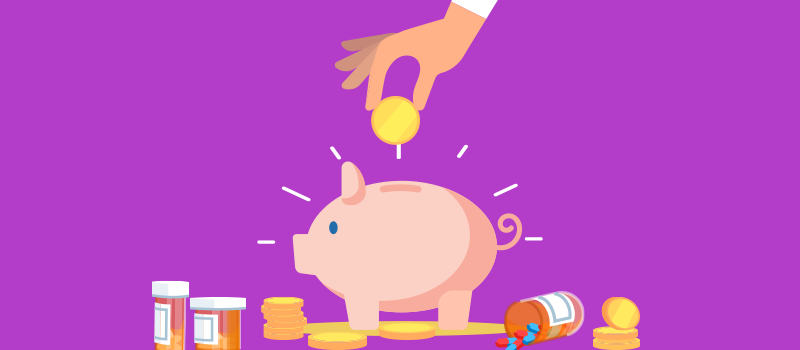
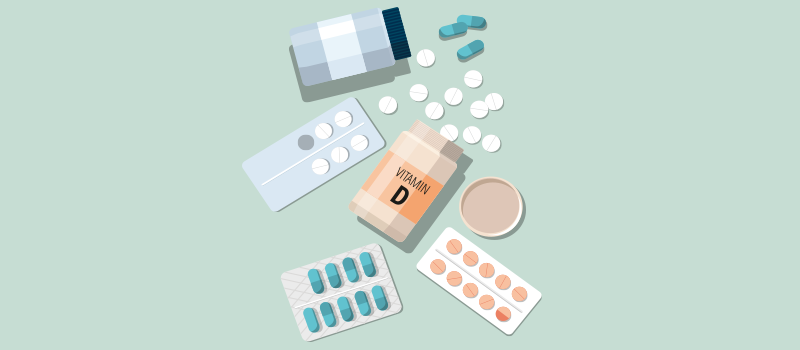

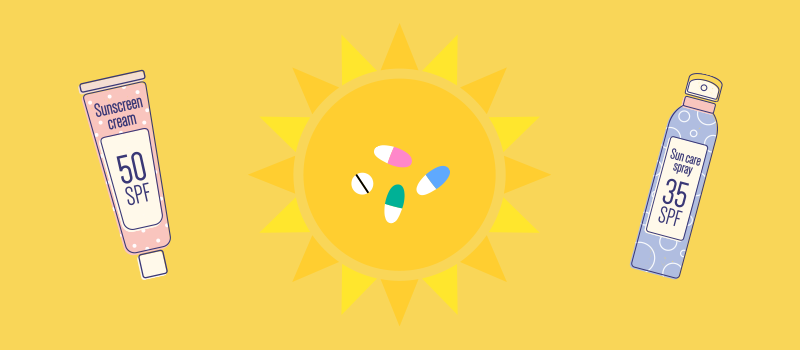



SOCIAL